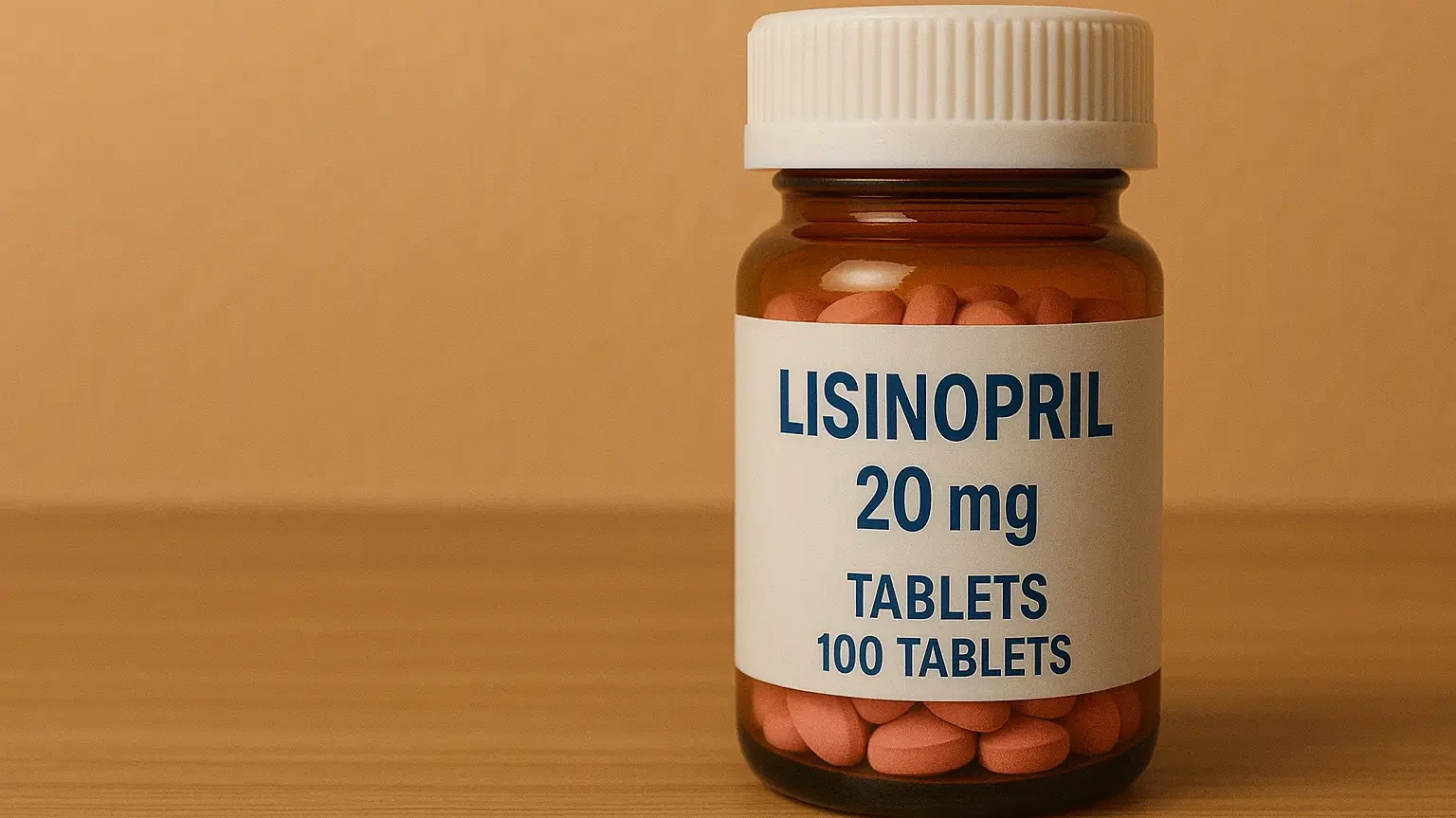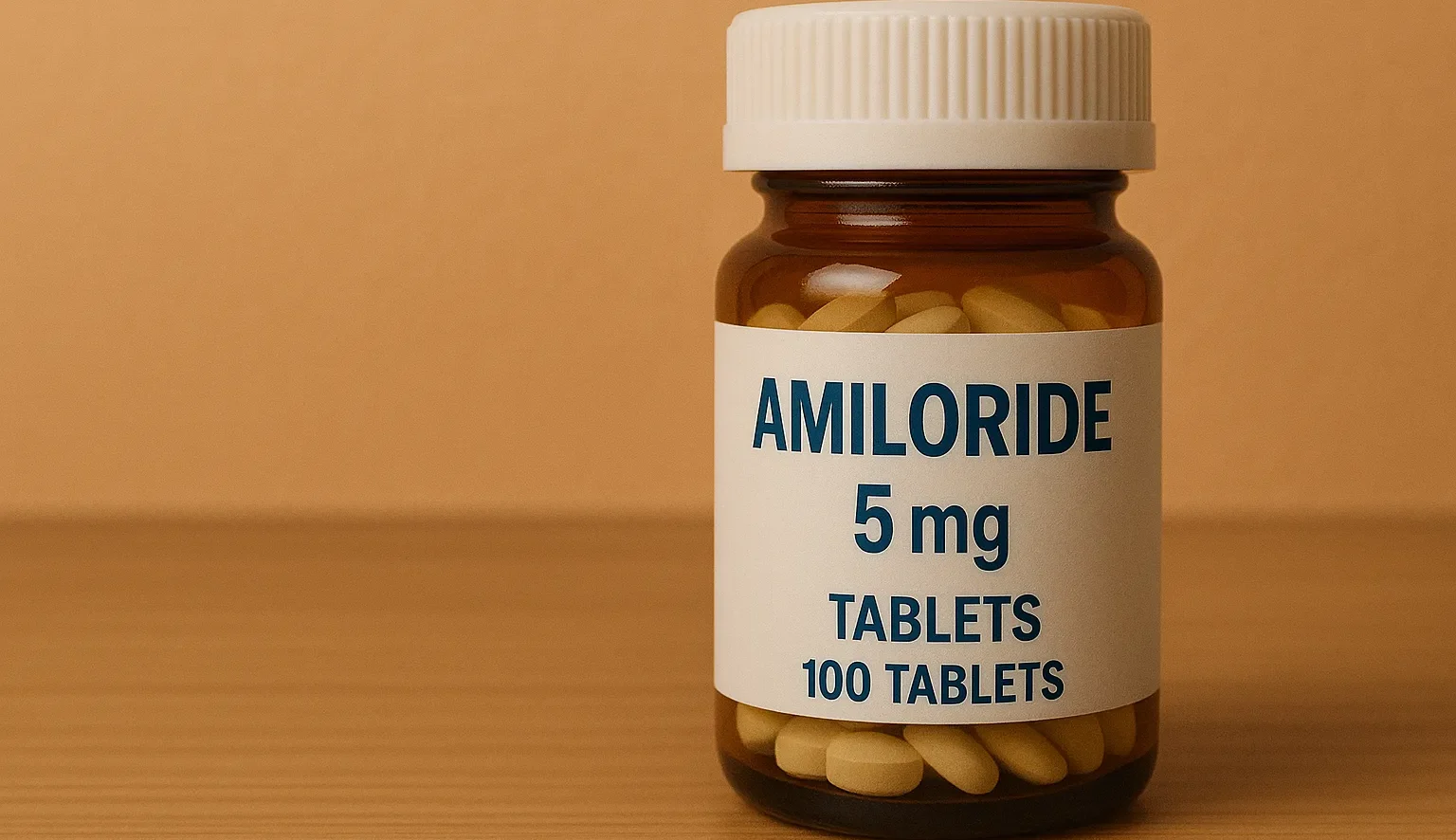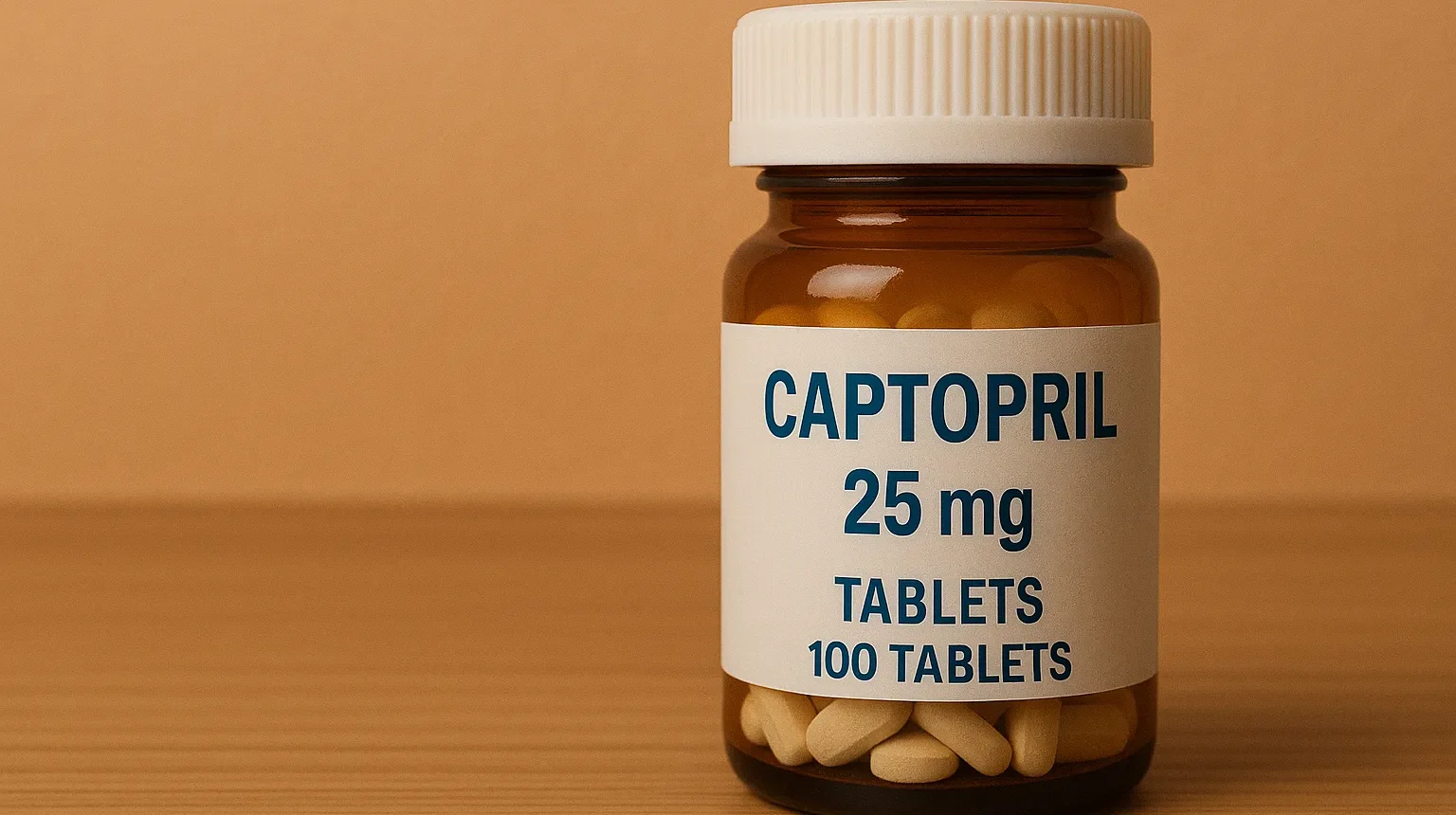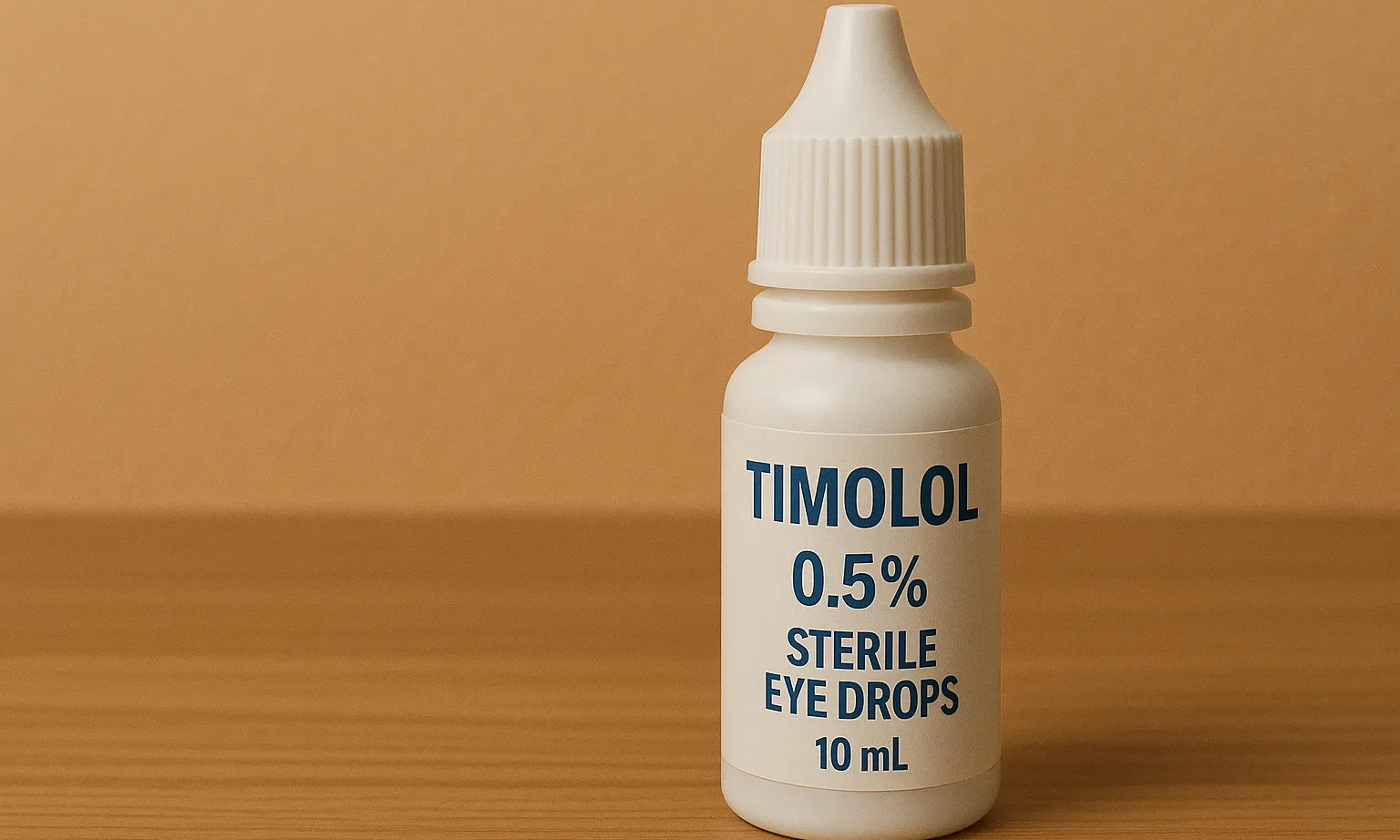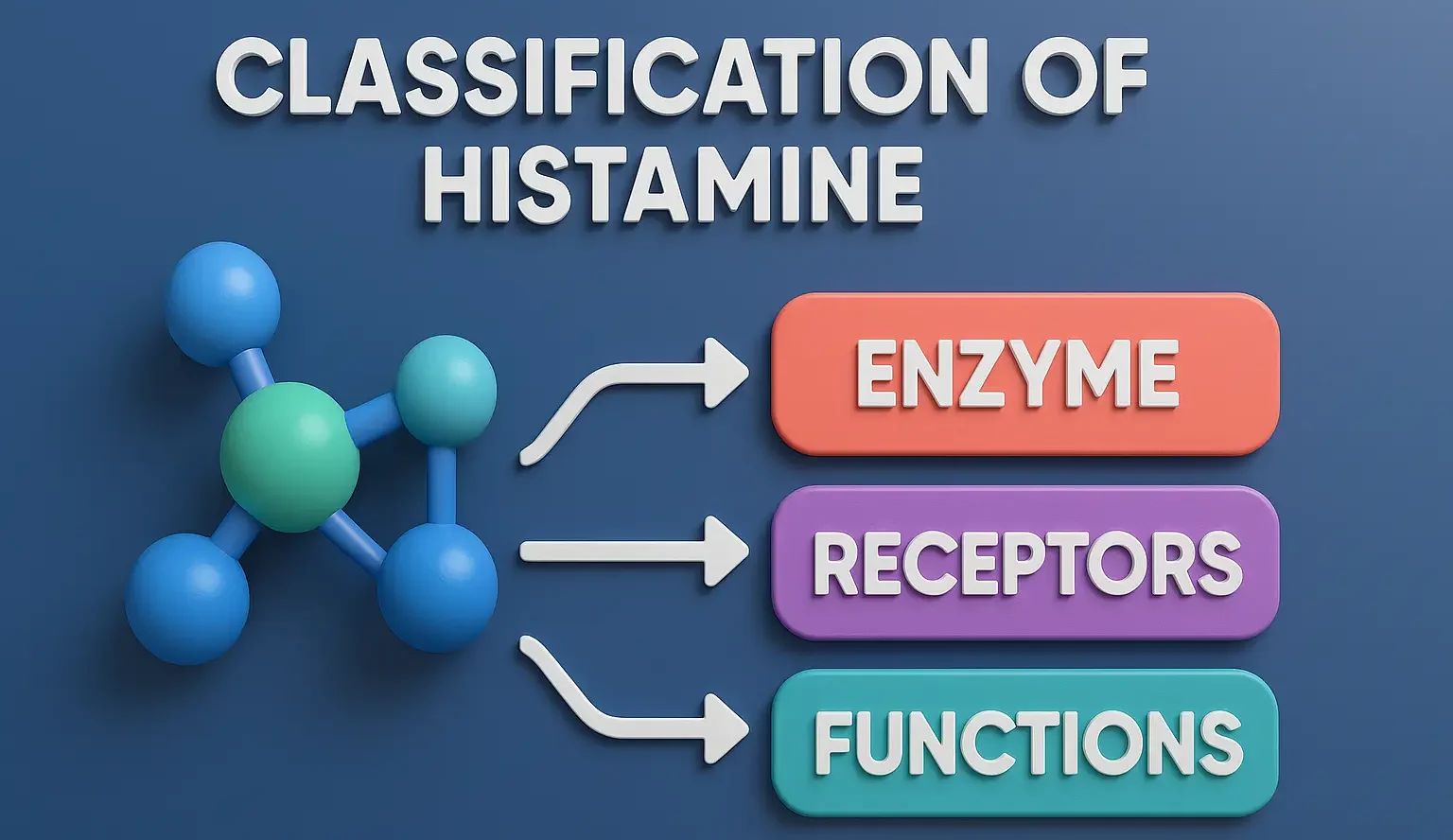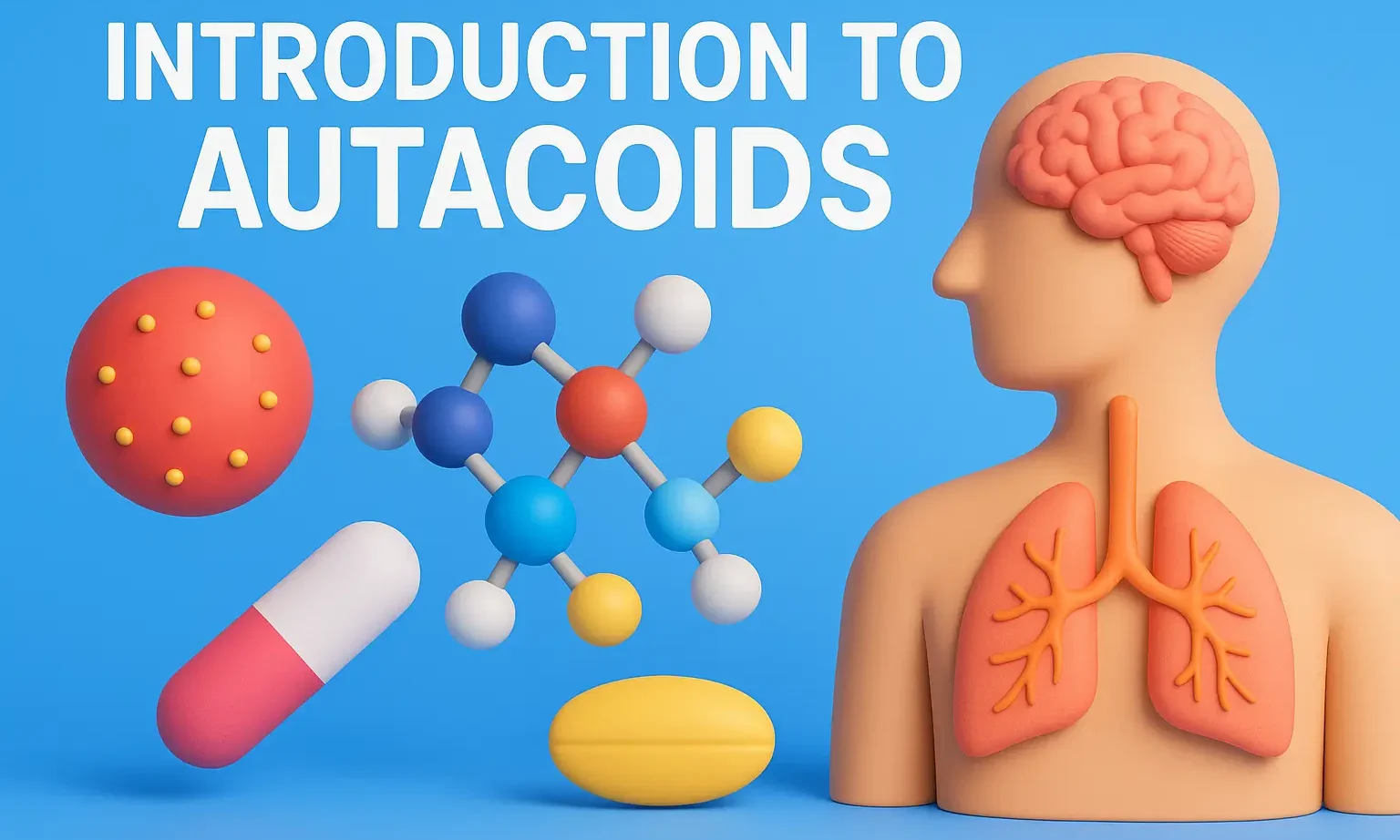Introduction to Hemodynamics and Electrophysiology of the Heart
Introduction to Hemodynamics and Electrophysiology of the Heart: Covers blood flow and cardiac electrical activity. Introduction to Hemodynamics and Electrophysiology of the Heart: Key to understanding cardiac output and rhythm regulation. Hemodynamics Definition Hemodynamics refers to the dynamics of blood flow, including how the heart pumps blood, how blood pressure is generated and regulated, and … Read more


